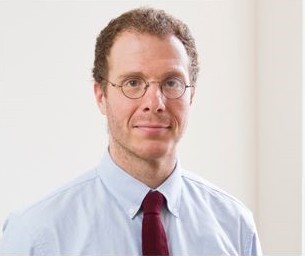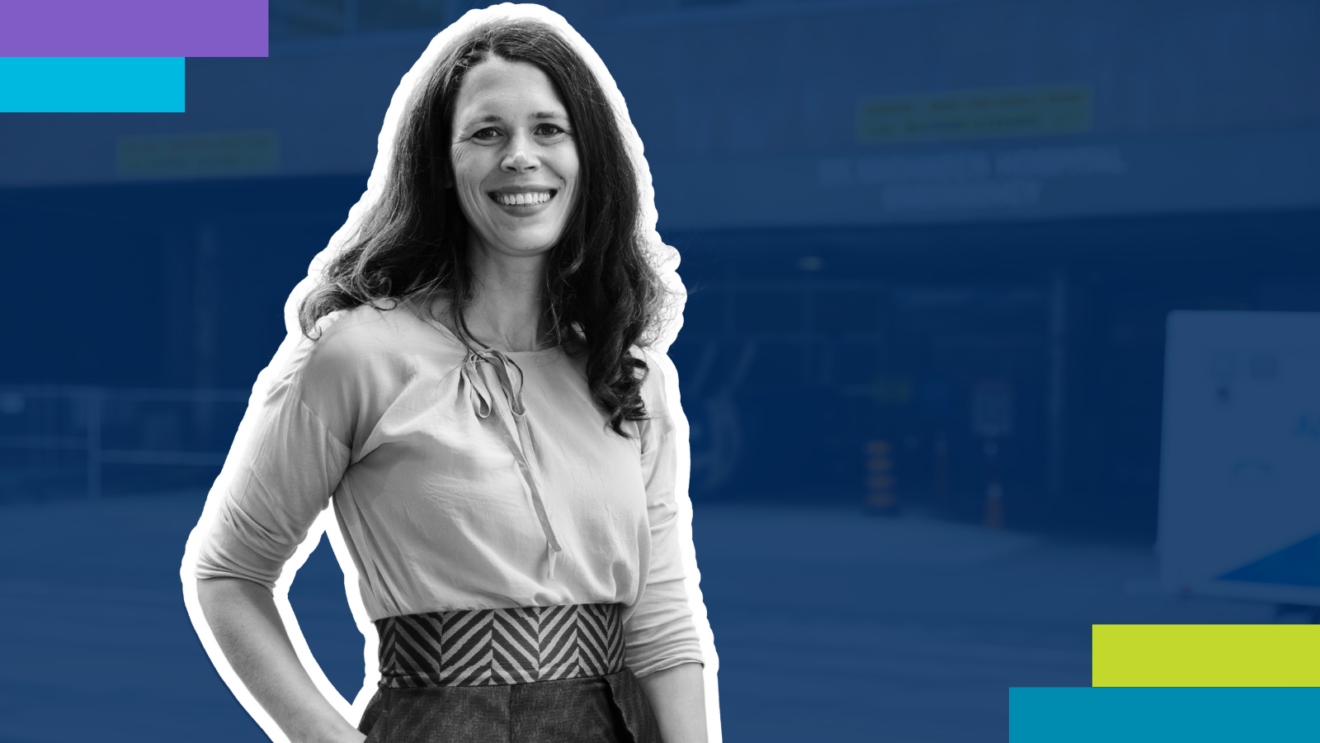
By Heidi Singer
DLSPH researchers have found that the world is undervaluing a cheap and potentially significant way to save many more lives from car accidents, overdoses, cardiac arrest and common worldwide diseases like malaria: basic first aid.
A research team led by a Toronto emergency physician conducted a literature review finding that in an immediate crisis, ordinary people can do a lot to prevent deaths – if they have simple training. Their results,published in the Bulletin of the World Health Organization, suggest that instead of trying to build more hospitals or emergency response systems, huge gains could be made by starting with the people who are already there.
“Before we build high-tech health care systems, we should really be focussing on what everybody can do with their bare hands and a bit of knowledge,” says lead author Dr. Aaron Orkin, a PhD student in DLSPH’s Institute for Health Policy, Management and Evaluation (IHPME). “The most important healthcare provider might just be everybody. Broad community first aid education is how most lives will be saved.”
Two of the most dramatic examples seem on the surface to have nothing in common: deaths from malaria and opioid overdoses.
Despite major efforts to eradicate malaria in recent years, the treatable disease still claims the lives of more than 350,000 children under five annually. But in Ethiopia, the team unearthed a study showing that mothers can be taught to recognize the signs of malaria and treat their children themselves with commonly available medications.
Similarly, a Canadian study showed that 1,650 opioid overdose deaths were averted in British Columbia in less than two years through basic community naloxone training.
“Where malaria claims the lives of children, you can get a lot of benefit from upping every mother’s game”, says Orkin. “And basic first aid training does make the difference between life and death in opioid overdose — the sort of thing anyone can be taught in 10 or 15 minutes.”
As an emergency physician who also works with Toronto’s homeless population, Orkin has seen too many missed opportunities to count: the stroke patient who didn’t recognize the signs in time, the heart attack victim who might have lived if someone administered CPR while waiting for the ambulance – not to mention the many opioid deaths that could have been averted.
Hospital emergency departments extremely expensive, and in much of the world, will never be prolific enough to treat everyone who needs life-saving interventions in a hurry, Orkin realized. Community-based paramedics, too, require a large infrastructure of support, and can’t be everywhere at all times.
“To respond to roadside injuries in a largely rural country like Uganda, you could buy trucks, hire and train paramedics and dispatchers, but you might discover you didn’t save any lives because you can’t build a big enough system,” he says. “What if instead we offered every taxi driver a 30-minute course, gave them a first aid kit, and an incentive to treat people when injuries occur? What does it look like to start with everyone rather than with scarce and costly professionals? When emergencies happen, the goal is to have somebody there with a little bit of training and knowledge, and a lot of caring.”
These are the questions Orkin is studying under the direction of DLSPH Prof. Ross Upshur, head of the Division of Clinical Public Health.
“Aaron’s research highlights critical knowledge gaps, but more importantly, directs our attention to the many ways in which community health can be improved by enabling members to perform life-saving and life-enhancing procedures,” says Upshur. “The research points out the immense potential impact of these types of approaches.”
But proving the value of laypeople in saving lives has been another matter. In their literature review, Orkin and team found only a few dozen useful studies on the subject over the past few decades – a major reason he believes health authorities have not seized on the potential of bystanders, family members and other non-professionals in emergency response.
And yet, Orkin believes there is enough evidence in the literature to justify amping up resources in community training.
“We should just start,” he says. “We know enough that more lives can be saved with this strategy.” Whether it’s roadside injuries, treatable diseases, burns, cardiac arrest or opioid overdoses, “people need immediate care, and in much of the world they’re not going to get it from a medical professional. In a low-resource setting, if your child is sick, the most important provider is you.”
Related News

Sign up for IHPME Connect.
Keep up to date with IHPME’s News & Research, Events & Program, Recognition, e-newsletter.
Subscribe to Connect Newsletter
Get in Contact
Communications
Marielle Boutin
Email Address: ihpme.communications@utoronto.ca





